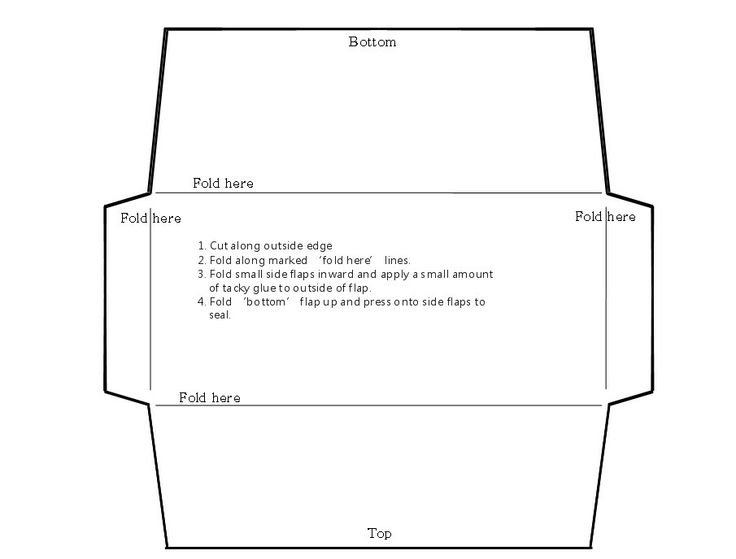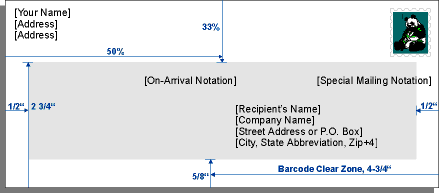

Test where everything about the pack was exactly the same, except the teaser. Organization had a successful direct mail pack as their control. Reminded of these when reading a book on direct response marketing. Those usually reduce response unless they are accompanied by one of the three ideas above. Out for teasers that basically say, “You’re going to be asked for money The envelope so that the person has a smaller chance of reading the letter?!? ItĮnvelope exists to 1) carry the letter and 2) to get people to open it. Print and send a letter to a person – and so you put your website address on Why, for instance, I always counsel organizations to remove their URL and Whole purpose of any ink used on the envelope should be to increase the chances That’s the purpose of a teaser: to give the donor a compelling reason to open the envelope. Something in all of those descriptions above: all the teasers exist to get the You see this at work inĪ teaser like “3x” – which has both mystery and a multiplier.

Teasers often have elements of more than one category. Some examples: “Your gift DOUBLES” and “$1 = $5!” These are teasers that appeal to the donor’s sense of value and thriftiness in order to get her to open the envelope. Some examples: “The light came on” and “Enclosed: note from a child.” Note that not having a teaser – using a blank outer envelope – falls into this category. These are teasers that use mystery to make the reader wonder what’s inside, in order to get her to open the envelope. Some examples: “The Arts are shutting down” and “He used to run a company, now he’s on the streets” and “desperate.” These are teasers that use drama to pique the reader’s interest in order to get her to open the envelope. Successful teasers fall into three categories: You write better teasers – which will help you raise more money – here are You can think you’ve got your usage right, but the proof is in the testing.Teaser on your outer envelope is far more important than most nonprofits Envelopes protect their personal information and provide confidentiality.īe sure to test each format with different campaign goals.

Opening the envelope, in itself, creates a level of engagement not present with postcards. A letter alone can convey much more information than a postcard, and using multiple elements within the envelope gives recipients an even deeper look. The typical envelope mailing contains an outer envelope, letter, brochure, optional lift note, and reply card. But there are some significant advantages to them, as well. It only takes a glance to be reminded of a renewal deadline, an upcoming appointment, or an expiring offer.Įnvelopes cost more to produce and mail than postcards, and lead times are generally longer. If someone doesn’t respond to an email, nudge them with a postcard. A well-produced postcard can boost response rates to other campaigns, whether digital or print. They make great follow-ups and reminders.You can also use special finishes such as spot or gloss coatings not available for thinner papers. Most envelopes are black-and-white, making a full-color postcard stand out quickly. They enable high-quality colors and special finishes.Because postcards don’t require the recipient to open an envelope before seeing your message, recipients immediately see the basics of your offer. Because of their simple format, postcards can be produced very quickly and require little lead time.

Write concisely and use bullets, images, and graphics to tell your story. These powerful mini billboards pack a powerful punch in a small space. Let’s look at some differences between the two most popular formats: envelopes and postcards. There are different formats, and there are pros and cons to each. Direct mail is a powerful tool, but it’s not one-size-fits-all.


 0 kommentar(er)
0 kommentar(er)
